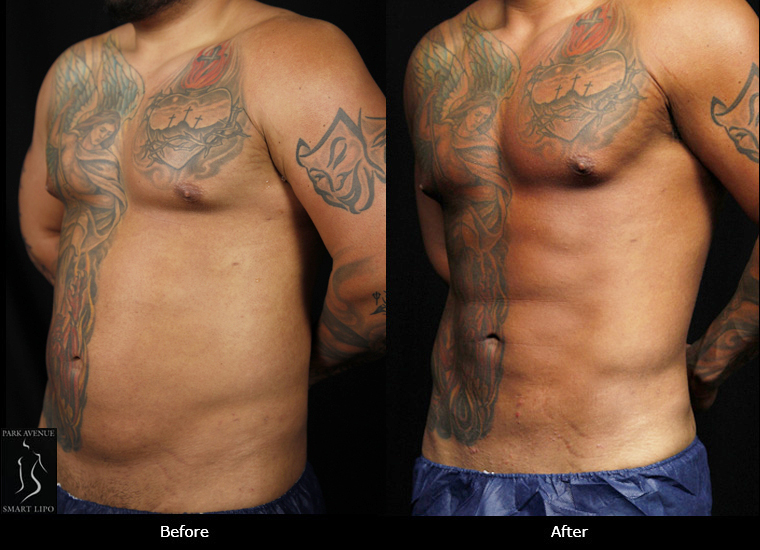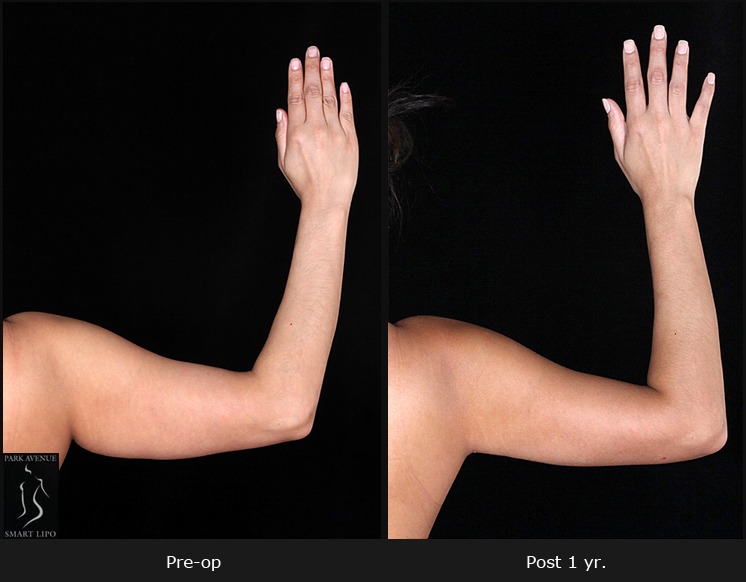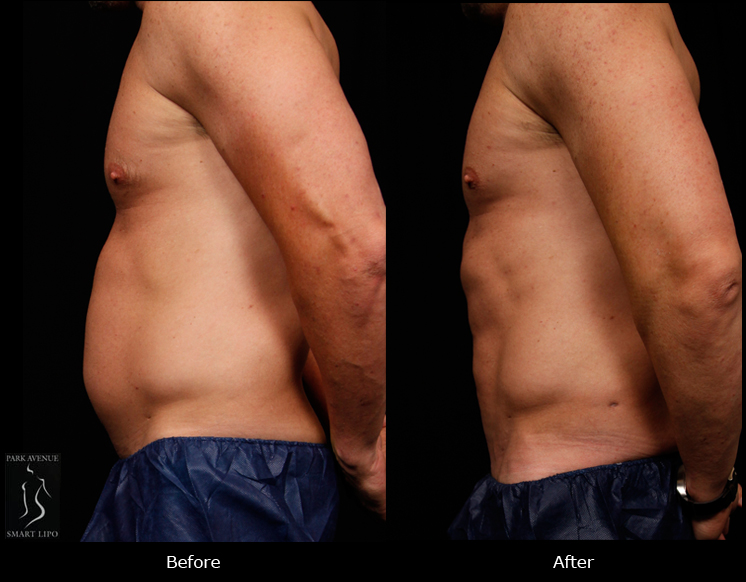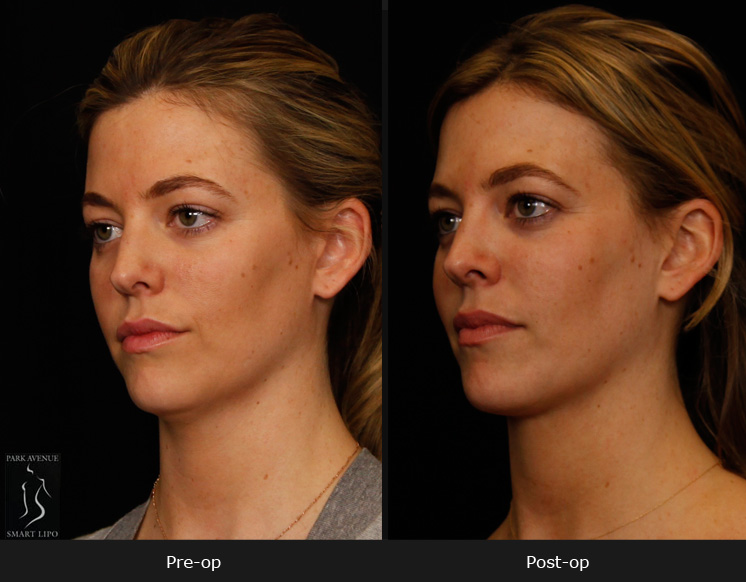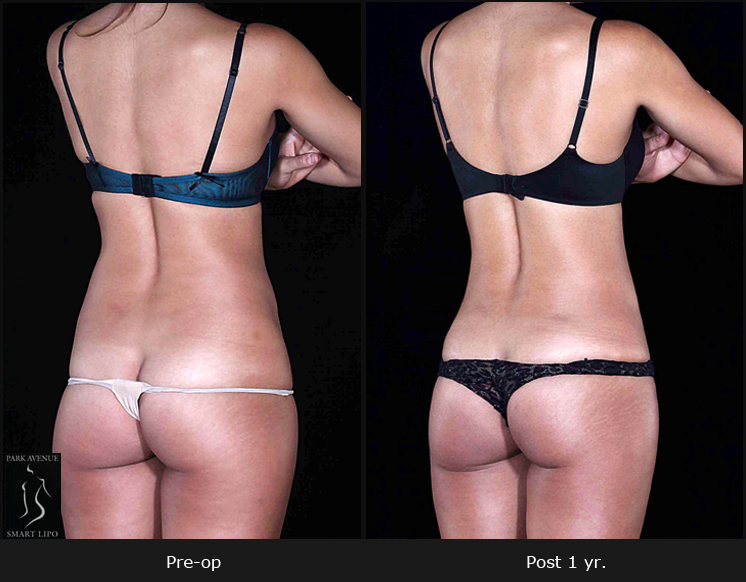What Causes Back Rolls?
The back comprises the upper, middle and lower back. The appearance of excess fat in these regions most commonly results from two factors:
- Atrophy of the muscles of the back due to poor nutrition and lack of exercise
- Excess body fat
Activity Level
Sitting idle most of the day and performing minimal physical activity amounts to a sedentary lifestyle, which is one of the reasons for back rolls. Indulging in physical activities helps to burn any stored sugar and body fat, which increases metabolism and thereby gradually helps to lose weight. Therefore, regular exercise is necessary for a healthy body and to avoid accumulation of excess fat.
Dietary Habits
Consuming processed food with additives and preservatives promotes accumulation of back fat. These food products are high in fat, calories, carbohydrates, added sugar and sodium. This diet can lead to excessive weight and back fat. Excess fat tissues accumulate around the back and promote the appearance of back flab in the upper and lower back and sometimes to the sides as well.
Extra fat and skin on the back leads to back rolls, which is a major cosmetic concern. They are tough and if exercise and diet plans fail to give results, back rolls can be treated via advanced liposuction.
This procedure sculpts your body and brings about the desired shape. It eliminates unwanted pockets of fat which are exercise and diet resistant. This cosmetic procedure can be used to remove fat from the buttocks, hips, love handles, thighs, calves, ankles, breasts, back, arms and neck. It is often combined with other procedures to create an attractive body shape. It can be done on people who are near normal weight and have healthy skin.
The problem of back rolls can be resolved with advanced Smartlipo Triplex body contouring. It is a minimally invasive laser body contouring option that makes use of three unique laser outputs – 1064nm, 1440nm and 1320nm wavelengths for removing fat from the body and improving body contour. The procedure involves:
- Liquefying fat prior to extraction
- Tightening loose skin and coagulating tissues, thereby minimizing bleeding
However, whether liposuction alone will be enough depends on the size of the rolls and the quality of the skin. Once the fat is removed, the rolls deflate, leaving behind excess loose skin.
When to Consider Liposuction
- If you have localized areas of fat deposits such as back rolls that have a negative impact on your overall appearance.
- If you are looking to obtain a more defined and sleek body by correcting cosmetic concerns in certain areas of the body.
Smartlipo body sculpting assures quick recovery and helps patients acquire a more youthful appearance. With improved appearance comes improved self-esteem and confidence. For the best results you should have good skin elasticity.
It is important to choose an experienced and board-certified surgeon to perform liposuction. This will make sure that you receive the maximum benefits offered by the procedure, minimize the risk of complications and enjoy complete satisfaction as regards the results achieved.

